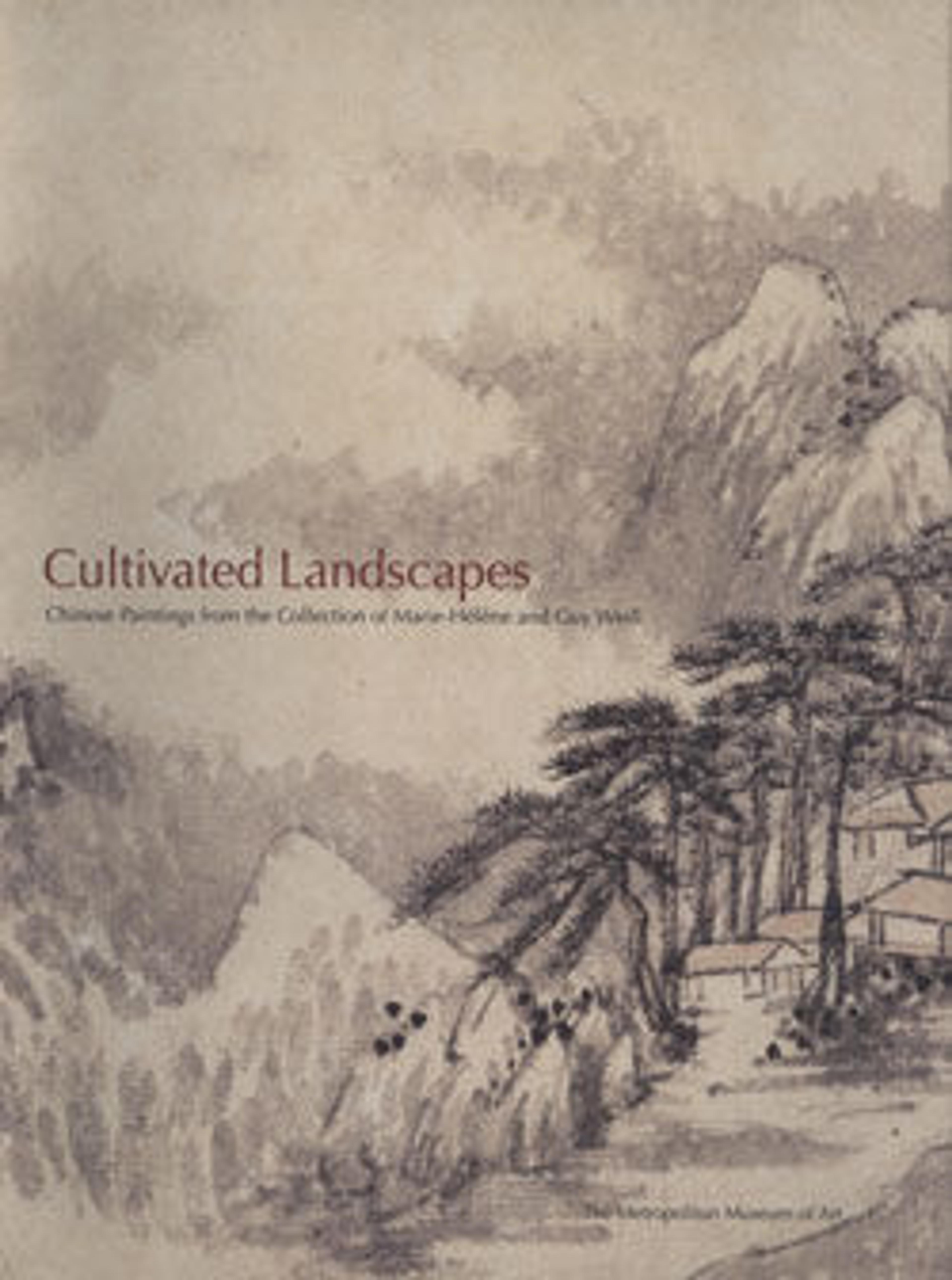River Village in Autumn Dawn
Zhao Lingrang (also known as Zhao Danian), a scion of the Song imperial family, was forbidden by dynastic statutes to travel any distance from the capital; he therefore painted mostly intimate, local, suburban scenery. As a collector, Zhao learned painting by studying ancient masterworks rather than the often wild nature of northern China, as did his great contemporaries such as Guo Xi (ca. 1000–ca. 1090). Turning his limitations into a virtue, Zhao strove to capture the mood of single lyrical moments with all their particular qualities, thereby presaging the more intimate "mind landscapes" of the Southern Song and Yuan periods.
Artwork Details
- 北宋 傳趙令穰 江村秋曉圖 卷
- 南宋 舊傳 趙令穰 江村秋曉圖 卷
- Title: River Village in Autumn Dawn
- Artist: After Zhao Lingrang (Chinese, active ca. 1070–1100)
- Period: Song dynasty (960–1279)
- Date: 13th century
- Culture: China
- Medium: Handscroll; ink and color on silk
- Dimensions: Image: 9 5/16 x 41 in. (23.7 x 104.1 cm)
- Classification: Paintings
- Credit Line: Ex coll.: C. C. Wang Family, Purchase, Gift of J. Pierpont Morgan, by exchange, 1973
- Object Number: 1973.121.2
- Curatorial Department: Asian Art
Audio
7684. River Village in Autumn Dawn
0:00
0:00
We're sorry, the transcript for this audio track is not available at this time. Please email info@metmuseum.org to request a transcript for this track.
More Artwork
Research Resources
The Met provides unparalleled resources for research and welcomes an international community of students and scholars. The Met's Open Access API is where creators and researchers can connect to the The Met collection. Open Access data and public domain images are available for unrestricted commercial and noncommercial use without permission or fee.
To request images under copyright and other restrictions, please use this Image Request form.
Feedback
We continue to research and examine historical and cultural context for objects in The Met collection. If you have comments or questions about this object record, please contact us using the form below. The Museum looks forward to receiving your comments.
